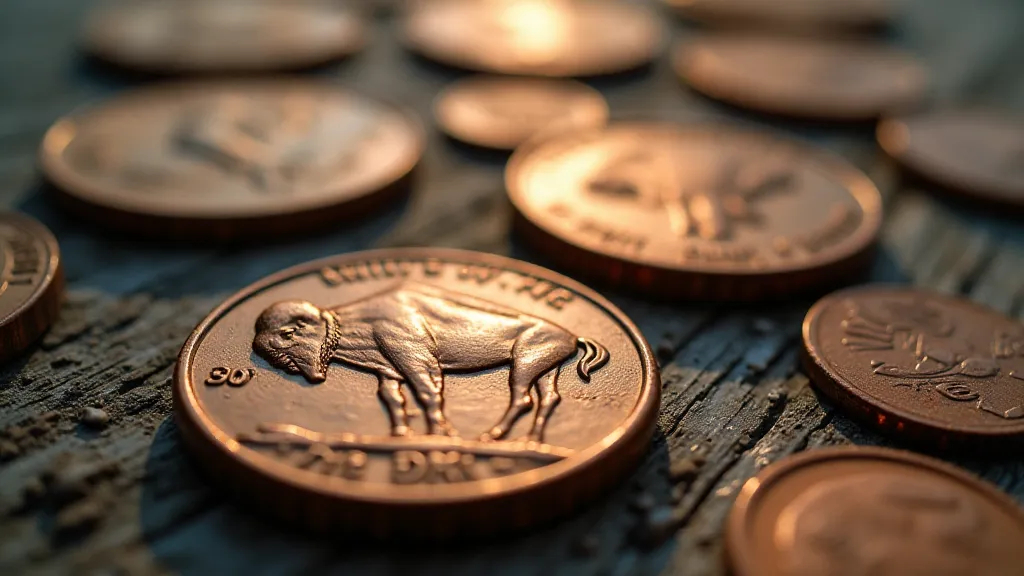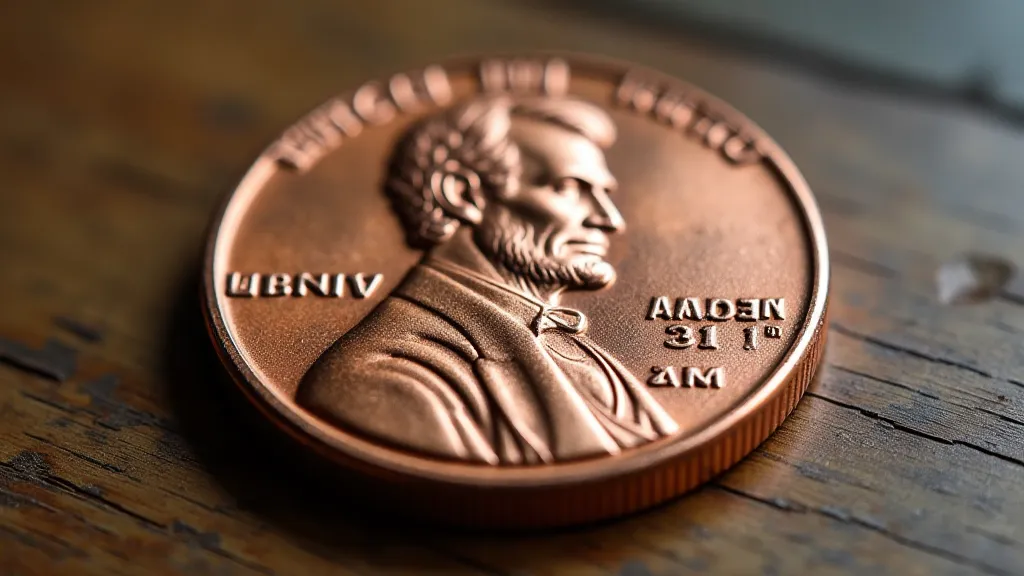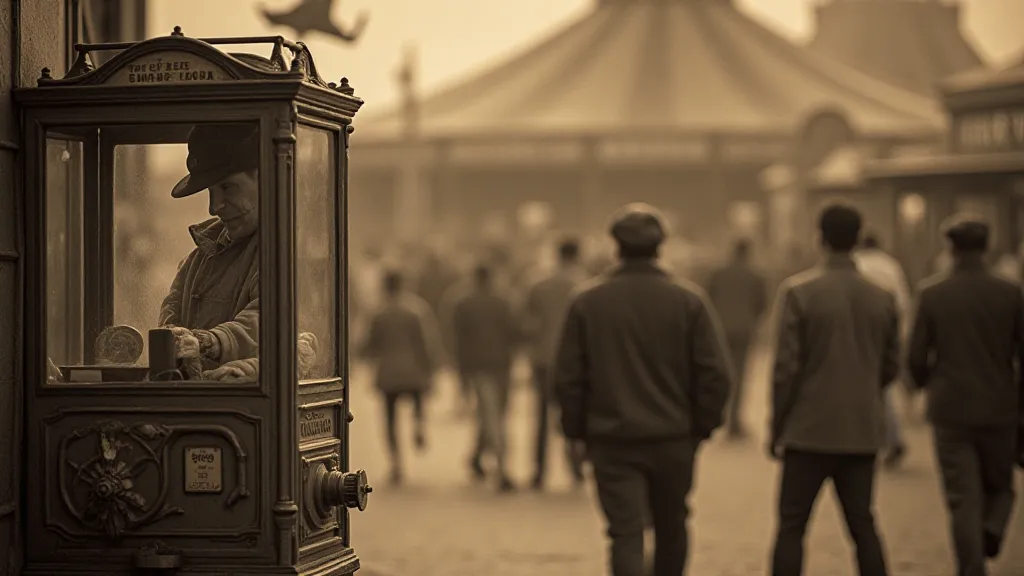The Weight of a Moment: Considering the Sensory Experience of Collecting
It's easy to see pressed pennies as mere tokens, inexpensive souvenirs marking a place visited or an event experienced. But to truly appreciate pressed penny collecting, it requires a shift in perspective – a move away from considering them as currency and towards understanding them as tangible fragments of memory, each carrying a unique sensory echo. It’s about feeling the weight of a moment held in the palm of your hand.
Think back to your first pressed penny. Where were you? What did it smell like – the salty air of a boardwalk, the damp earth of a national park, the bustling excitement of a theme park? Those sensory details, often forgotten, become inextricably linked to the penny itself. It's not just an image of the Statue of Liberty or the Grand Canyon; it's the feeling of standing before them, breathing the same air, sharing a fleeting connection with history and place.

The Tactile Realm: More Than Just Copper
The feel of a pressed penny is surprisingly nuanced. The raw copper, newly pressed, has a warmth and slight stickiness. Older pennies, those that have passed through countless hands, take on a different quality – a mellowed smoothness, perhaps a slight tarnish that speaks to their journey. The slight imperfections, the minute variations in the impression, these aren’t flaws; they're signatures – proof of the individual nature of each piece. Consider how much more enriching the experience is when actively *feeling* the penny, noting the subtle ridges, the embossed details. This tactile awareness separates the casual observer from the true collector. The value and rarity of these varied impressions can be a complex landscape to navigate, a subject often explored within the collector's labyrinth.
The process of pressing itself leaves a subtle mark. Early machines, often simpler and more robust, might leave a slightly deeper, more pronounced impression. Later, more refined machines might produce a cleaner, more precise design. These differences are often so minor they're imperceptible to the untrained eye, but to the seasoned collector, they can provide valuable clues to the penny’s history and origin – a tiny detail hinting at the original pressing location and timeframe.
A History Etched in Metal
The practice of pressing coins isn’t new. Its roots extend back centuries, initially as a form of token or commemorative marking, frequently undertaken by European countries. The American iteration, specifically the pressed penny we recognize today, largely began in the late 1950s, pioneered by Stanley Klavon. He secured patents for the process and, crucially, leased his designs to various businesses, initially amusement parks and tourist attractions. This marked the start of a quirky and enduring American pastime.
The early designs were often playful – cartoon characters, state flags, or simply novelty images. As the practice gained popularity, the designs became more diverse, reflecting the evolving tastes and interests of the time. The inclusion of national parks and historical landmarks solidified the pressed penny's place as a tangible souvenir of American experiences. Each new design represents not just a location but an era, a specific moment in the evolution of American tourism and commerce. The concept of these souvenirs echoing the local identity and cultural landscape of these places is beautifully captured in the coin’s reflection.
The Visual Language of a Pressed Penny
Beyond the feel, the visual appeal of a pressed penny is equally compelling. The contrast between the original Lincoln cent design and the superimposed image is a subtle form of visual poetry. It's a conversation between the familiar and the new, the past and the present. The clarity of the impression, the sharpness of the details, these are hallmarks of a well-executed press.
Consider the artistry involved. The designers meticulously crafted the new imagery, ensuring it would sit harmoniously with the existing Lincoln portrait. The machine operators, often working at high speeds, had to maintain precision to ensure a consistent, quality impression. And the businesses hosting the presses invested in the designs, understanding the intrinsic value of offering a unique and memorable souvenir.

Beyond the Shiny Surface: Appreciating Condition and Rarity
While the sensory experience forms the emotional core of collecting, understanding the factors that influence value is also important. Condition plays a crucial role. A pristine penny, free from scratches and wear, will naturally command a higher price than one that has been handled extensively. However, the beauty of collecting lies not just in seeking perfection but in appreciating the history etched into each piece. A penny with slight wear might tell a more compelling story – a reminder of the countless hands it has passed through. Many collectors recognize that the pursuit of these prized artifacts reveals something more profound about the fleeting nature of memories and tangible keepsakes, a theme closely examined in the impermanence of keepsakes.
Rarity is, of course, another significant factor. Certain designs, produced in limited quantities or for a short period, are highly sought after by collectors. Early designs, those from the 1950s and 1960s, are generally more valuable due to their scarcity. Designs associated with specific events or attractions – a limited-edition penny commemorating the 50th anniversary of a theme park, for instance – can also be quite valuable. The cataloging of pressed pennies is a growing field, with dedicated resources available to help collectors identify and value their finds. This effort preserves the history and clarifies the rarity of each design.
The Echoes of Craftsmanship
Think of the machines themselves. Many early presses were custom-built, often by local engineers. These machines, built to withstand years of constant use, represented a testament to American ingenuity and craftsmanship. Some collectors even seek out and restore these early presses, preserving not just a machine but a piece of American industrial history. The layered history embedded within these coins, a palimpsest of design and circumstance, adds another dimension to the collecting experience; a nuanced perspective that is worth exploring further in the pressed penny palimpsest.
The people who operated these presses, the individuals who brought these designs to life, they too are part of the story. These were often local business owners, amusement park employees, or simply individuals with a passion for creating unique and memorable souvenirs. Their contributions, often overlooked, helped shape the pressed penny collecting hobby into what it is today.

More Than Just a Token: A Legacy of Moments
The pressed penny is more than just a token; it’s a tangible link to a specific place and time. It’s a miniature work of art, a testament to American ingenuity and craftsmanship, and a reminder of the simple pleasures of travel and exploration. By engaging with the sensory details – feeling the weight, admiring the design, understanding the history – we elevate the collecting experience from a mere hobby into a deeply personal and enriching pursuit. Each pressed penny holds a story, waiting to be discovered, a moment preserved in metal, ready to be shared. It's a small thing, yes, but within its copper surface lies the weight of a memory. The act of collecting isn’t just about acquisition; it’s about curating a personal narrative, a tangible representation of experiences lived and memories cherished. It’s about recognizing the stories these small objects hold, not just their monetary value, but the human connection to the places and times they represent.
Consider the evolving designs, the changing aesthetics, and the technological advancements that shaped the pressing process. Each iteration of the pressed penny reflects the broader trends of American culture and commerce. Early presses, often heavy and manually operated, demanded a significant investment of time and effort. Later machines, driven by automation, increased production efficiency and reduced labor costs. This evolution reflects a broader narrative of American industrial progress, where innovation and efficiency became key drivers of economic growth.
Moreover, the passion and dedication of the collectors themselves are crucial to the continued appreciation of these unique artifacts. Learning about the nuances of grading and preservation can become a journey in itself, echoing the dedication required to truly understand the value of any cherished collection.
It is a tangible reminder that even the simplest things can hold profound meaning and that the greatest treasures are often found in the most unexpected places.





